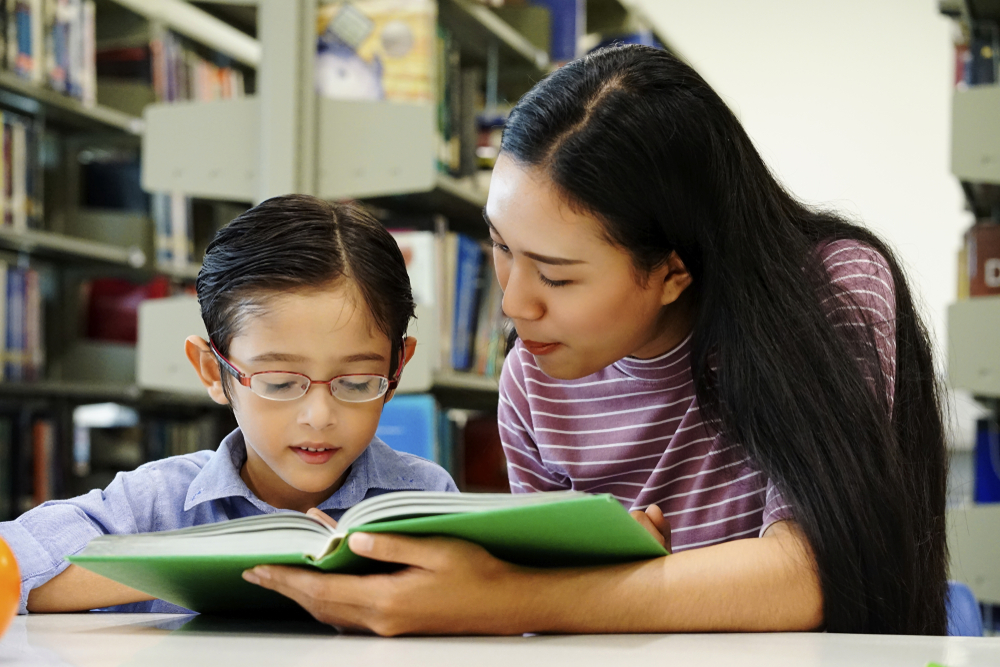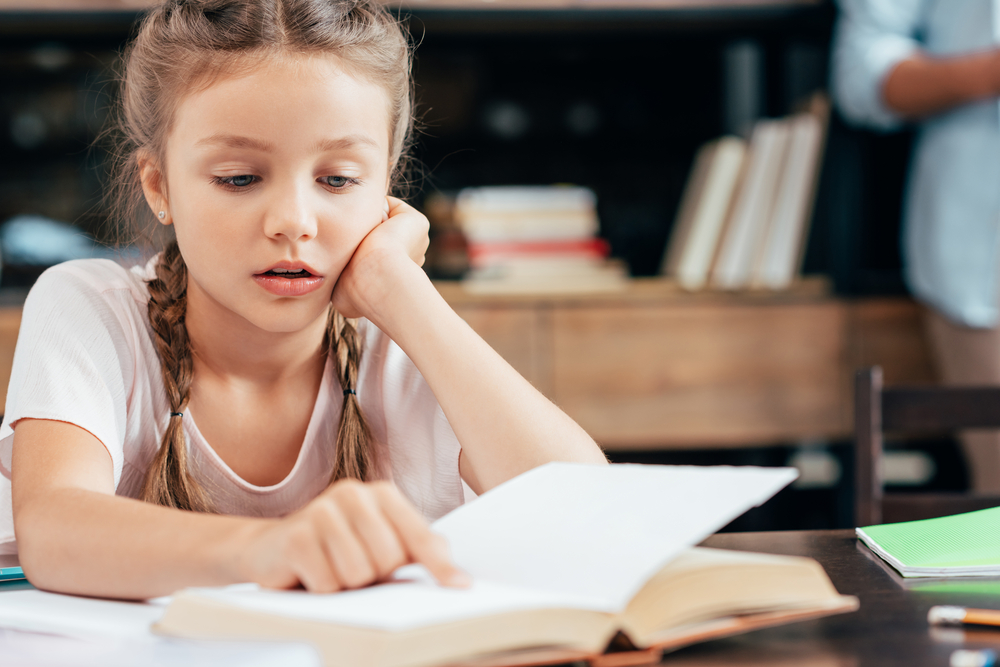
It is important for parents to know exactly how to tutor reading to students with learning disabilities. Reading is an essential skill for students because most learning is based on reading independently.
Reading is important not just for understanding information about a topic but also for following directions on assignments. If your child struggles with understanding the instructions on an assignment, they are likely to not do very well on the assignment.
Sometimes students that are struggling with reading might need further help because of an underlying learning disability. Learning disabilities can make it more difficult for your child to learn to read but it does not make it impossible.
What are the top learning disabilities that affect reading?
There are different kinds of learning disabilities and knowing which one your child possibly has can help you know how to approach reading instruction. Here are the top 5 learning disabilities:
- Dyslexia – Dyslexia is probably the most well-known learning disability. It is estimated that 1 in 10 people have it and about 40 million Americans have dyslexia but only 2 million know it. Dyslexia can manifest in different ways from issues with phonemic awareness to reading comprehension.
- ADHD – Over 6 million children are diagnosed with ADHD. While this is more linked to behavior, the disability does make a significant impact on a child’s learning process. Often, children are unable to sit still or concentrate on a task. This can make learning to read particularly difficult because it requires them to focus.
- Dysgraphia – Writing and reading are strongly linked skills. So, if your child has dysgraphia, their struggles with writing might affect their reading skills. This is particularly true for those with issues of grammar.
- Processing Disorders – There are other nonspecific disorders such as students that have issues with processing visuals or auditory.

How do you teach reading to students with learning disabilities?
Students with learning disabilities can benefit from a variety of reading instruction strategies. Using these strategies at home can help supplement whatever they are learning in school. Here are some reading strategies to try with your child at home:
- Chunking – Some children with learning disabilities might find reading long passages as intimidating. Help your child to bundle a reading into smaller chunks then have them read and summarize each chunk. This can help breakdown information into smaller parts that are easier to work with.
- Visual organizing – Visual organizing is an alternative way to organize information and can help with improving reading comprehension. Using visual organizers like mind maps can help your child see their thoughts rather than have all that information jumbled up in their head.
- Vocabulary development – For some children, a lack of vocabulary can be the biggest issue that gets in the way of their reading comprehension. Building your child’s vocabulary could help them to have more words to easily identify.
- Multisensory learning – Using multisensory techniques helps them to associate information in different more memorable ways. When students are able to see, hear, and feel words, they are more likely to remember them.
- Use reading apps – A great way to incorporate multisensory learning is through reading apps. Interactive reading apps like Readability create an interactive, multisensory learning experience. This is helpful for children with dyslexia because they can listen to the app reading the story to them and also follow along so they both see the text and listen to it at the same time.
- Post-it Strategy – A great tool to help improve reading for students with learning disabilities is to teach them good annotation or note-taking techniques. As your child is reading, have them place a post-it next to each section that they read and write down a keyword or the main idea. In the end, your child collects the post-its and arranges them in order. This helps to become another way of visual organization and multisensory learning.
Students with learning disabilities can often be struggling with reading more than others. However, getting them to improve their reading skills is not impossible. You can help them make significant progress by using helpful strategies and tools such as Readability that helps to create a multisensory, interactive reading experience. How to tutor reading has never been easier because with Readability you have a virtual tutor at home 24/7! Start your free trial now!

 Español
Español